Whether you’re a hobbyist or a commercial grower, you no doubt want to make sure your grow is in the best position to thrive. To do this, you should be paying close attention to common sources of contamination in indoor grows. Knowing how to avoid these contaminants and being prepared to mitigate the risks they pose to your grow will help you maximize your yield and prevent bud rot, disease, and more.
You probably know what signs to look out for that might signify your crop has been contaminated, but it’s also important to know the sources so they can be avoided in the future. Below are some common, easy-to-mitigate causes of contamination.
Don’t Look Down on Floor Care
Shoes, bare feet, and even pet paws can track pathogens, bacteria, and other contaminants into your grow room. Avoid letting animals wander near your crops, but also make sure any people coming in disinfect and clean their shoes with disinfecting mats placed at all entrances.
When it comes to floor care, it is also smart to not dry sweep. Ensure that all flooring can be wet-cleaned (this means no carpeting), as dry sweeping can just spread whatever bacteria, dust, or dirt was on the floor back into the air. Sprinkle water or disinfecting solution on the floor then sweep the pile into garbage bags to be properly discarded. A clean environment is important, but be mindful of the process and if it could be causing more harm.
Some Hand-y Tips
Just as floor and shoe care are important, so is minding the contaminants on your hands. Make sure you and your team are adhering to certain practices while handling plants, trimming, and drying. The easiest way to prevent oils, dirt, or other contaminants from impacting growth is to wear gloves at all times. Even just eating lunch, which can include touching a sandwich, chips, or other oily surfaces, can lead to unknowingly bringing something into the grow room that could be harmful. Gloves should be worn and changed every time they come into contact with something other than your plants.
The Best Mold and Mildew Practices
You can avoid mold or mildew by keeping your humidity balanced, using air filtration, and sanitizing your grow room. If you do spot bud rot, isolate the plant and the ones near it, and then monitor your other plants.
Contact Anden to learn more about properly setting up your grow room to maximize yield and production.
Know more. Grow more.
Have a question? Need help getting started? Give us a call at 1-800-972-3710 or drop us a line.
